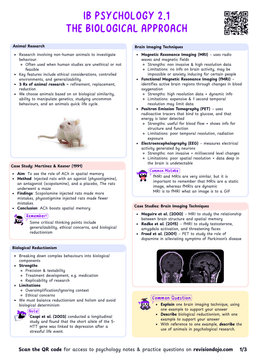Emic Approach: Understanding Behavior from Within a Culture
- The emic approach in psychology focuses on studying behavior from within a cultural context.
- It seeks to understand phenomena through the perspectives of insiders—those who are part of the culture being studied.
The emic approach contrasts with the etic approach, which studies behavior from an outsider's perspective, often applying universal theories across cultures.
Key Features of the Emic Approach
- Insider Perspective : Researchers aim to understand how members of a culture perceive and interpret their own behaviors and beliefs.
- Cultural Specificity : Emic research focuses on concepts and practices that are unique to a particular culture.
- Qualitative Methods : Emic studies often use qualitative methods like interviews , participant observation , and case studies to gather in-depth insights.
- Emic research is not limited to qualitative methods.
- Quantitative approaches, such as surveys designed with culturally specific questions , can also be emic if they reflect the insider perspective.
Case Studies: Emic Approach in Action
Case studyBerry's (1967) Study on Conformity
Aim : To investigate how cultural factors influence conformity.
Method:
- Participants from three groups: Temne (agricultural society in Sierra Leone), Inuit (hunting society in Canada), and Scots (control group).
- Participants completed a conformity task involving matching lines of different lengths.
Results:
- Temne participants showed higher conformity , likely due to their collectivist agricultural lifestyle.
- Inuit participants were less conformist , reflecting their individualistic hunting culture.
Conclusion : Cultural practices and values, such as collectivism and individualism, influence conformity behaviors.
Case studyIndigenous Psychology
- Indigenous psychology is a prime example of the emic approach.
- It focuses on understanding psychological phenomena through culturally specific frameworks.
- For instance, Indigenous psychology often emphasizes the role of traditions , spirituality , and community in shaping behavior.


